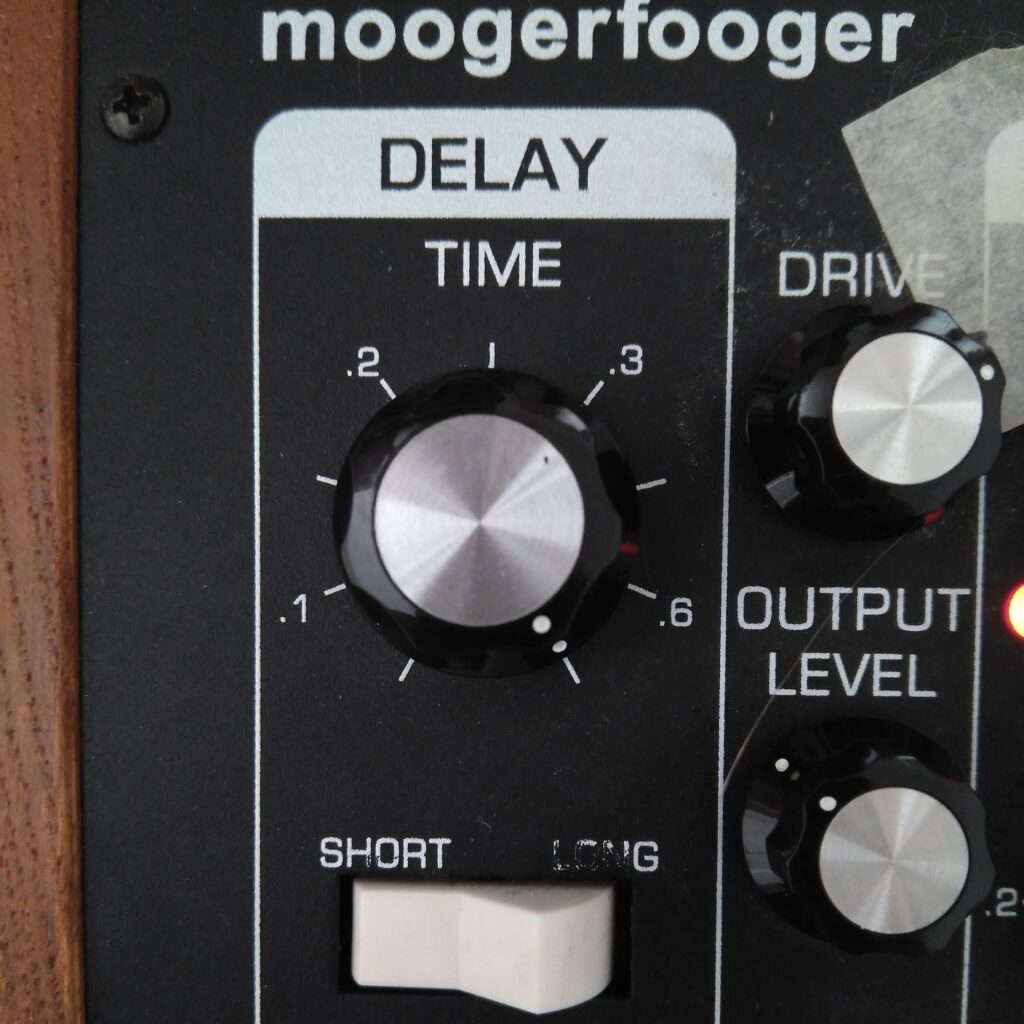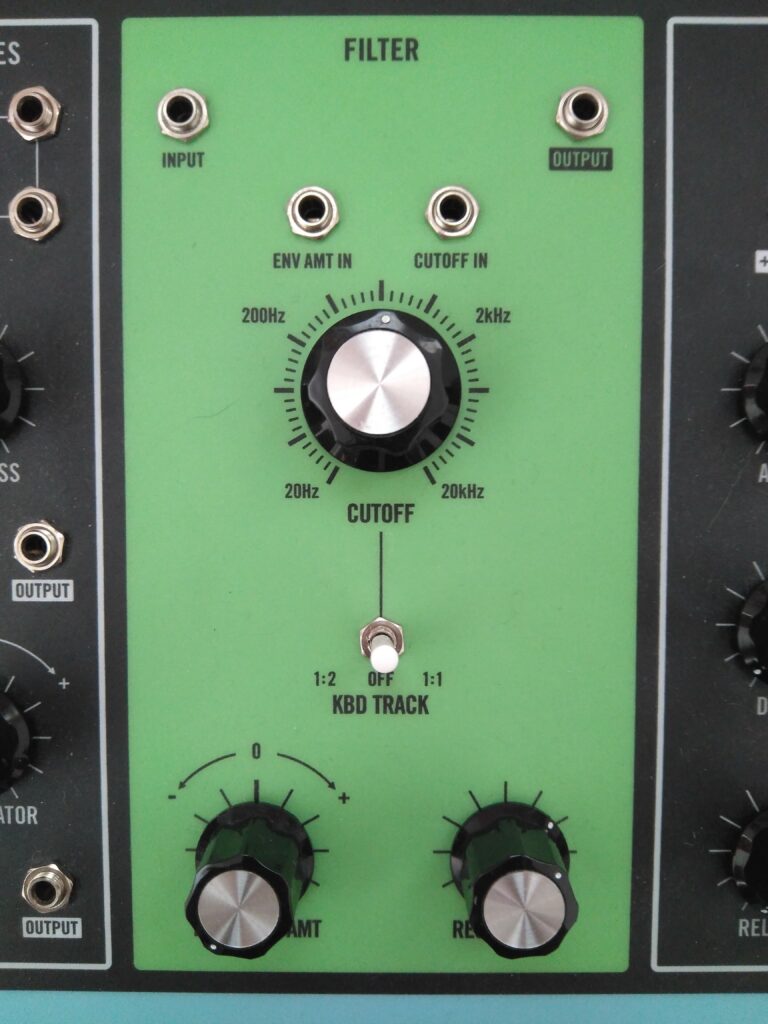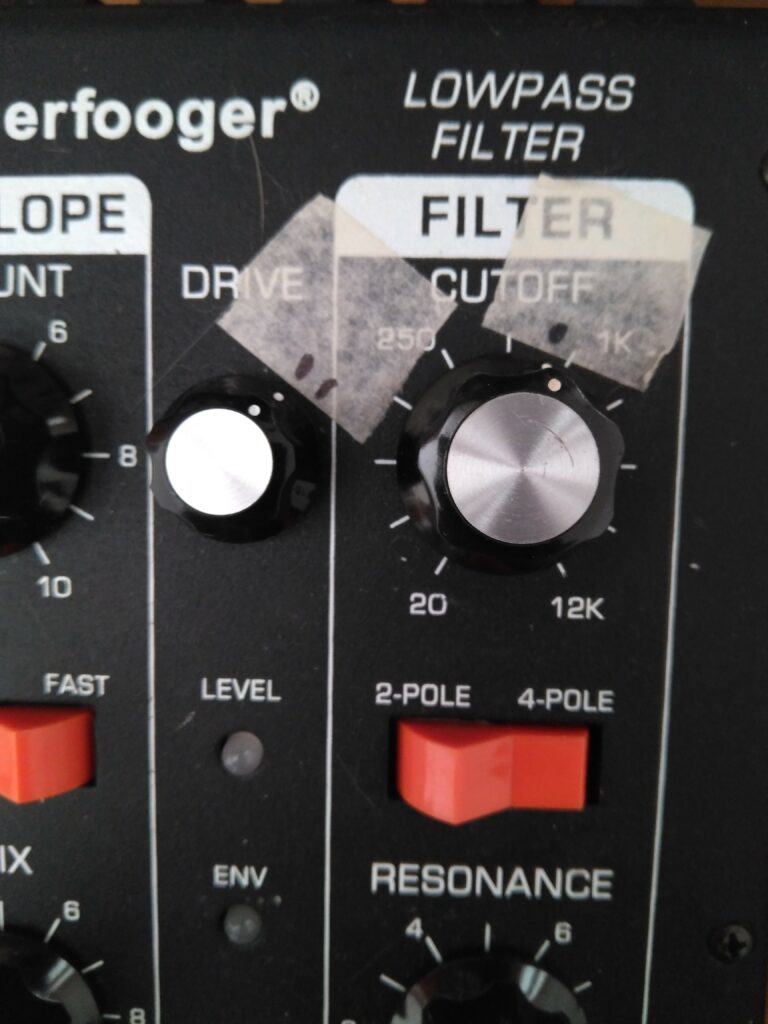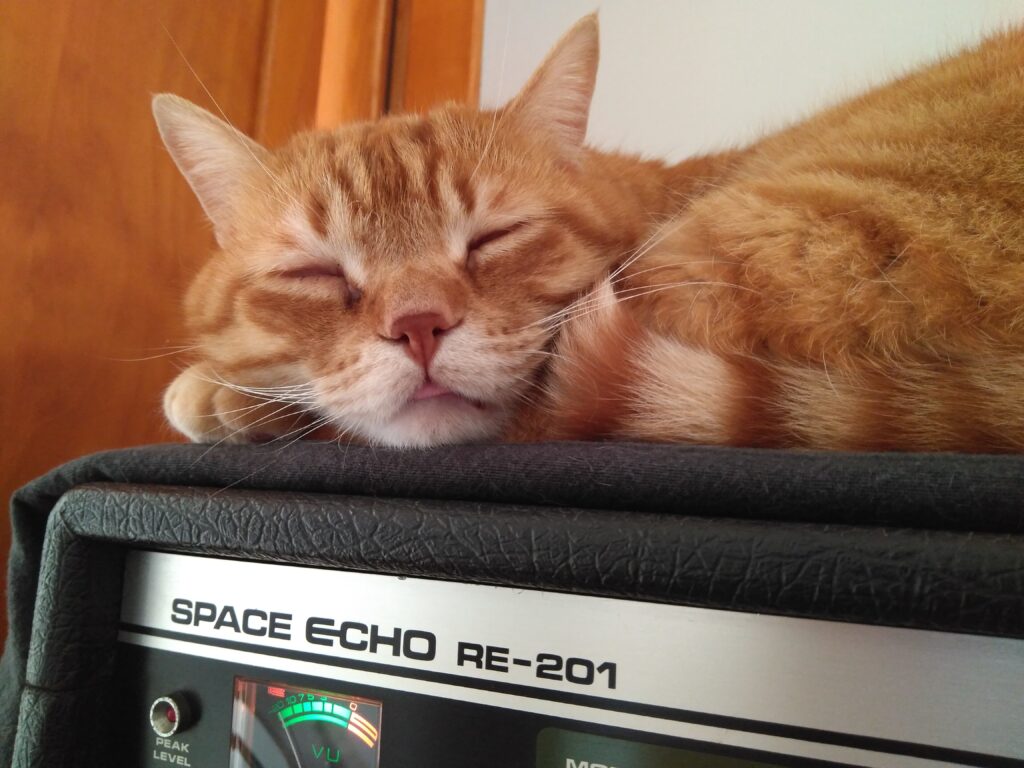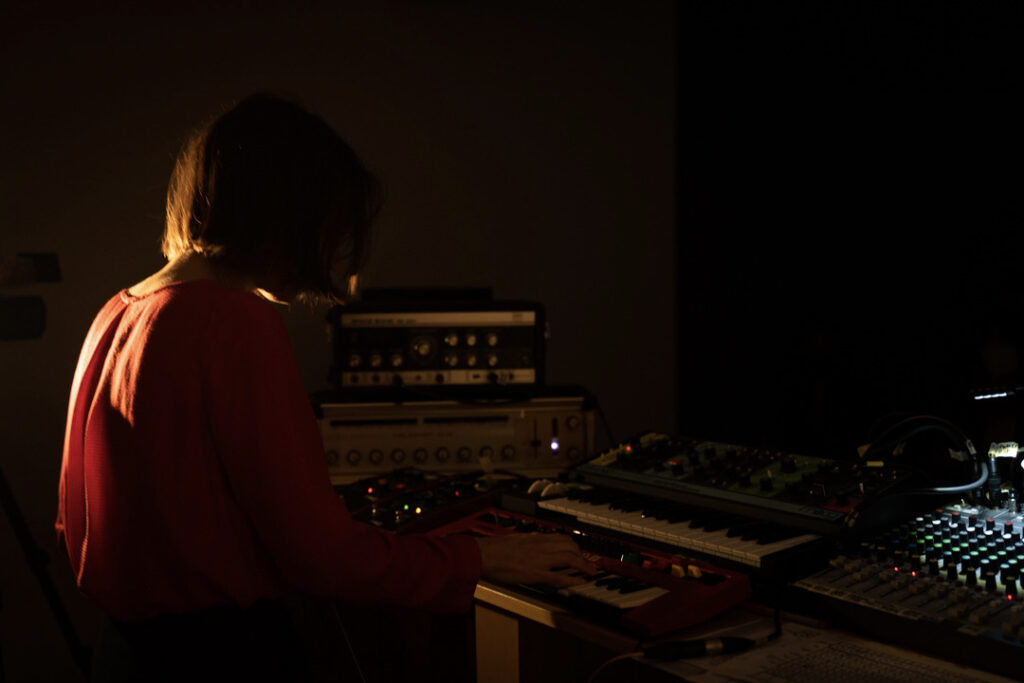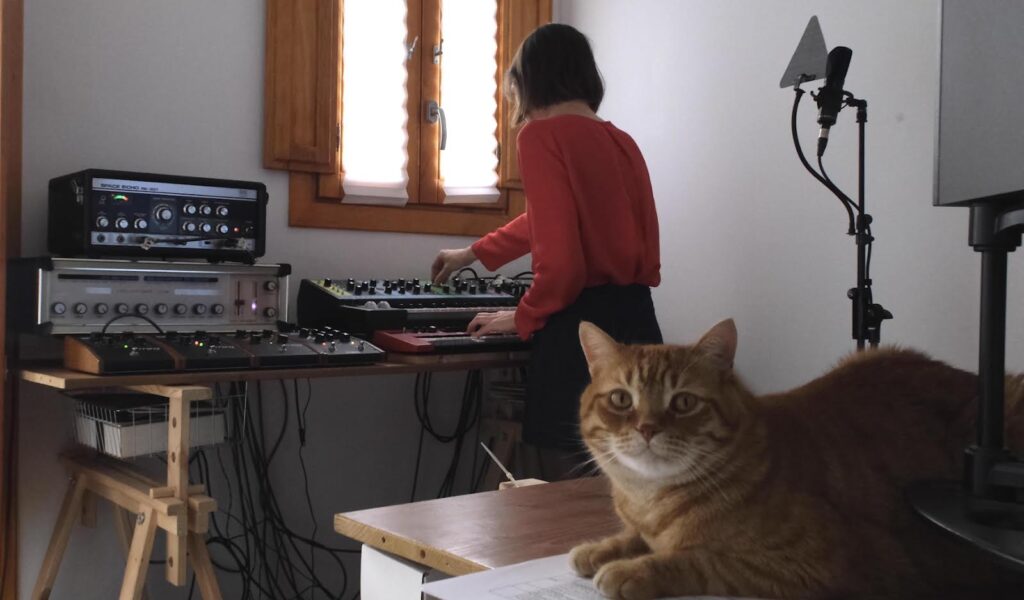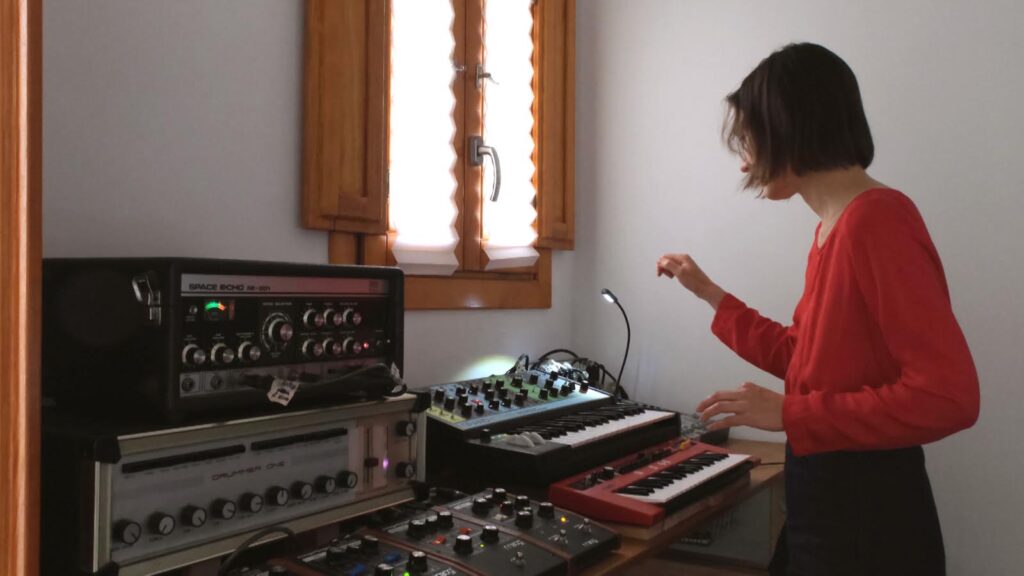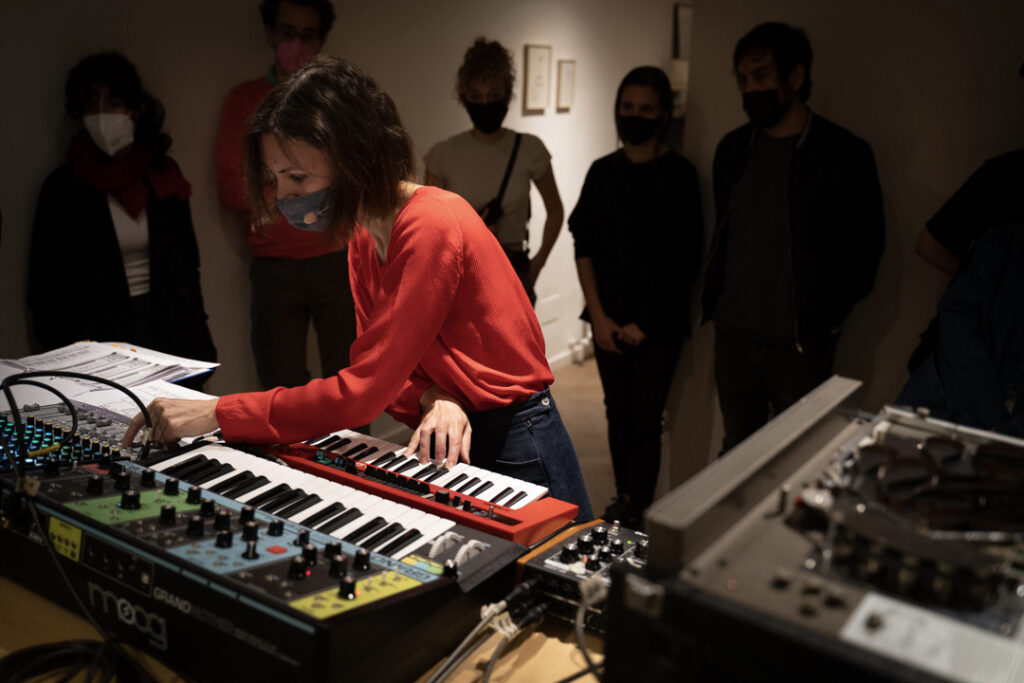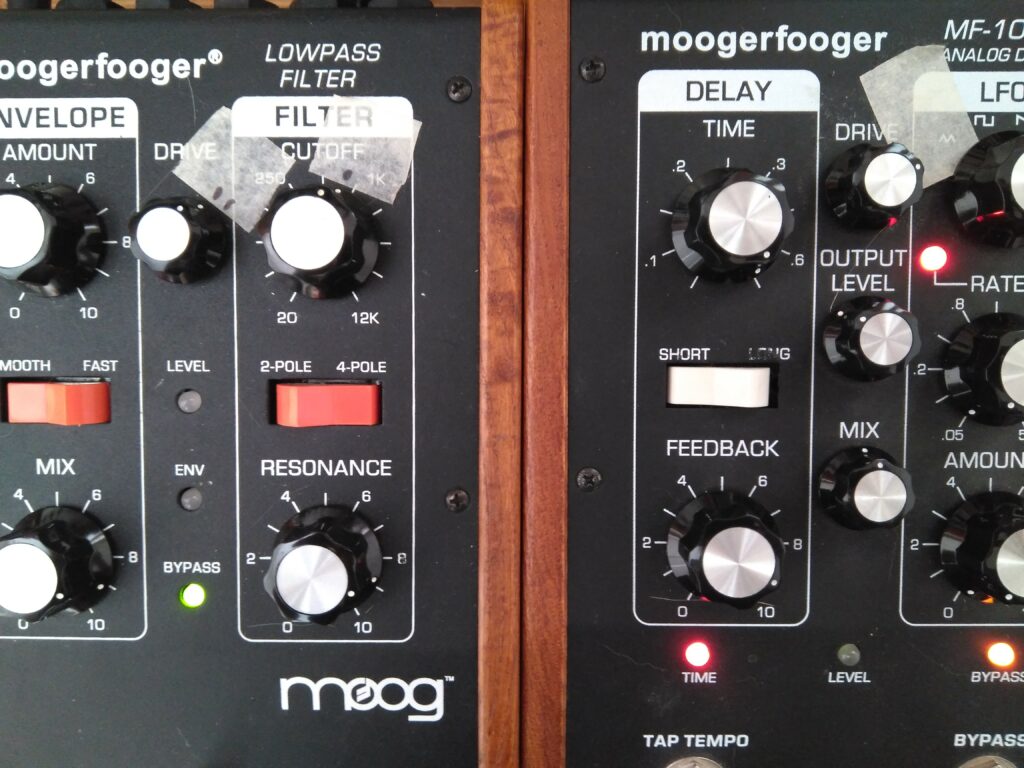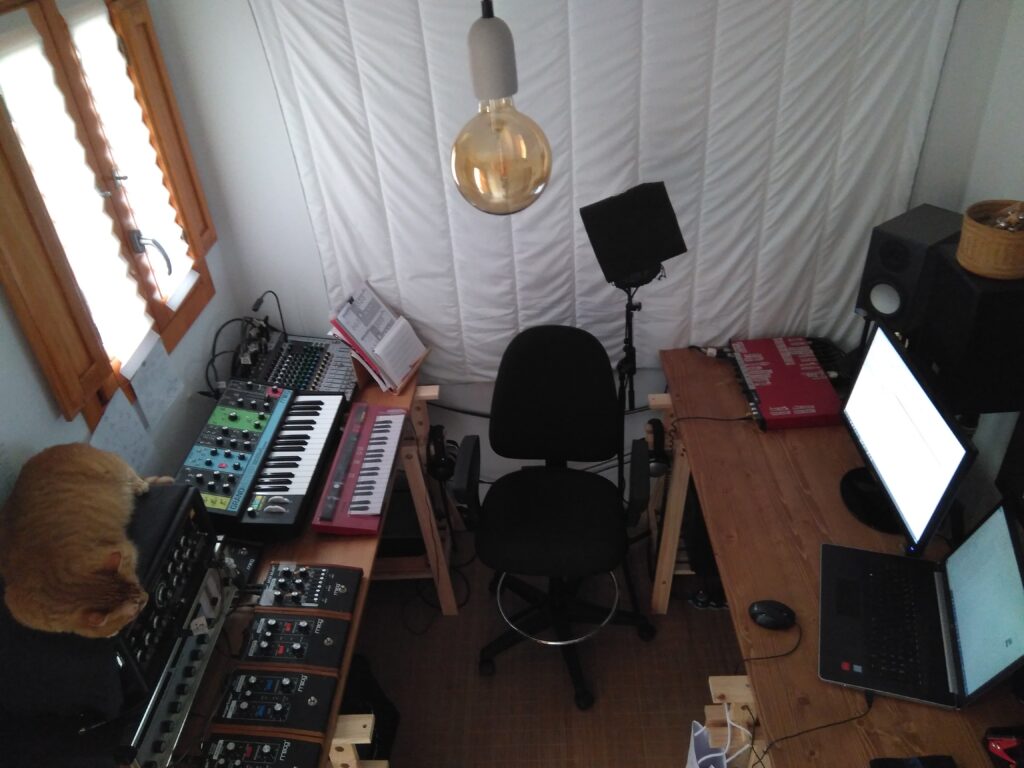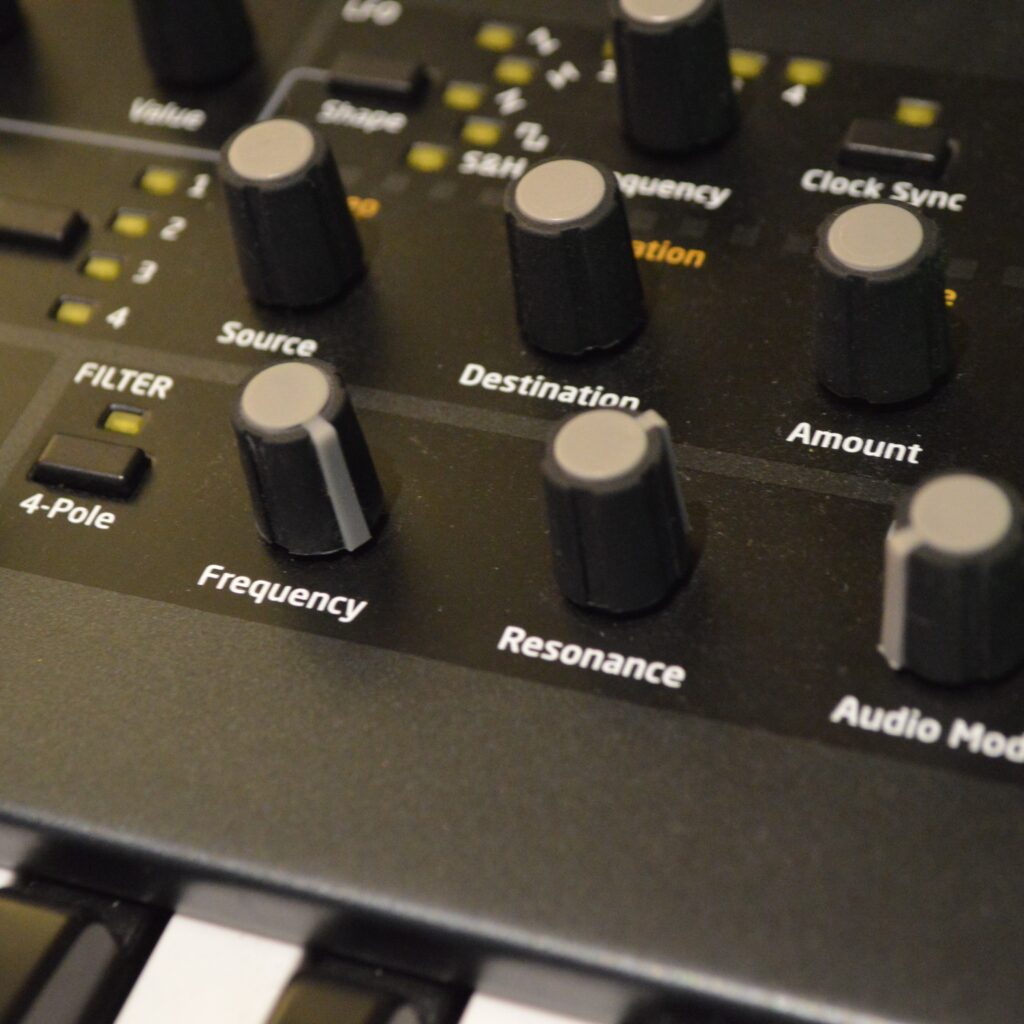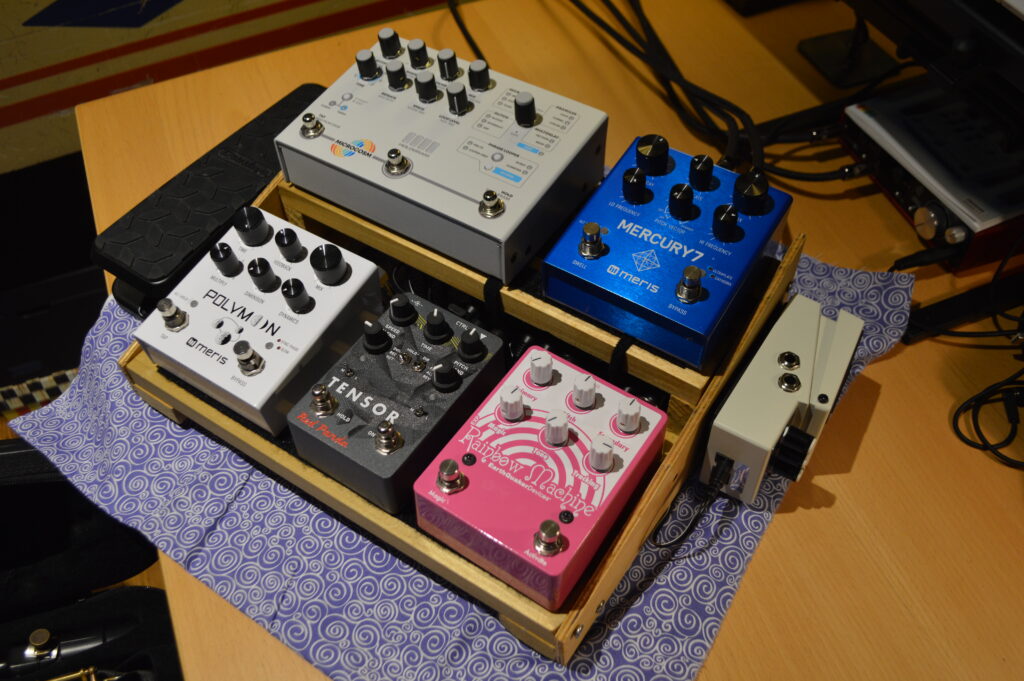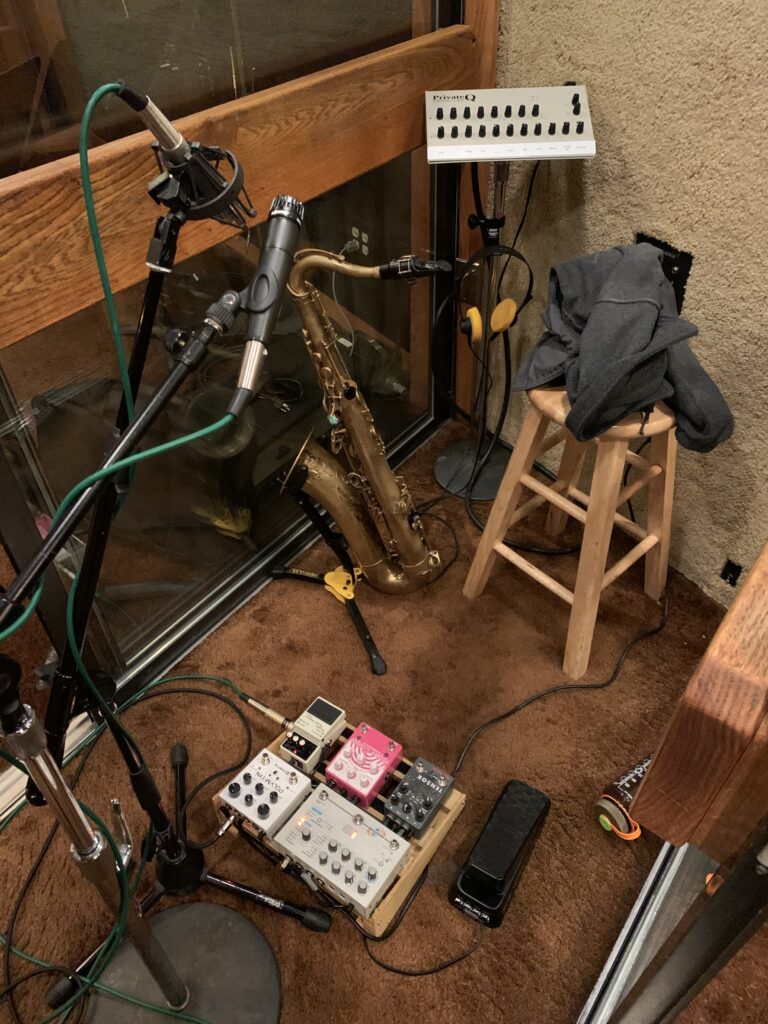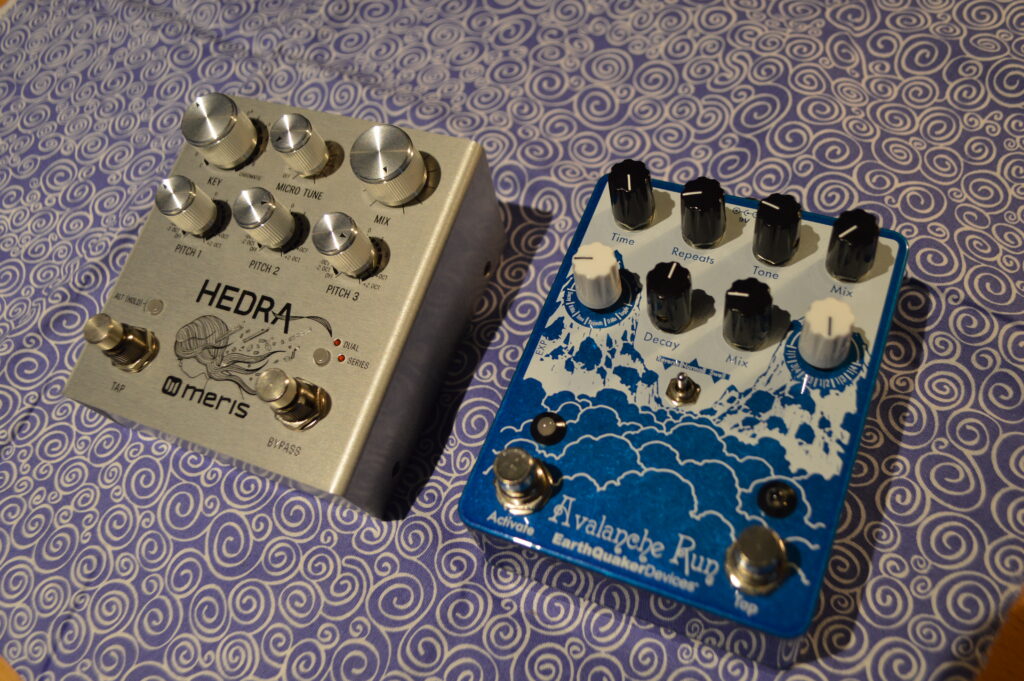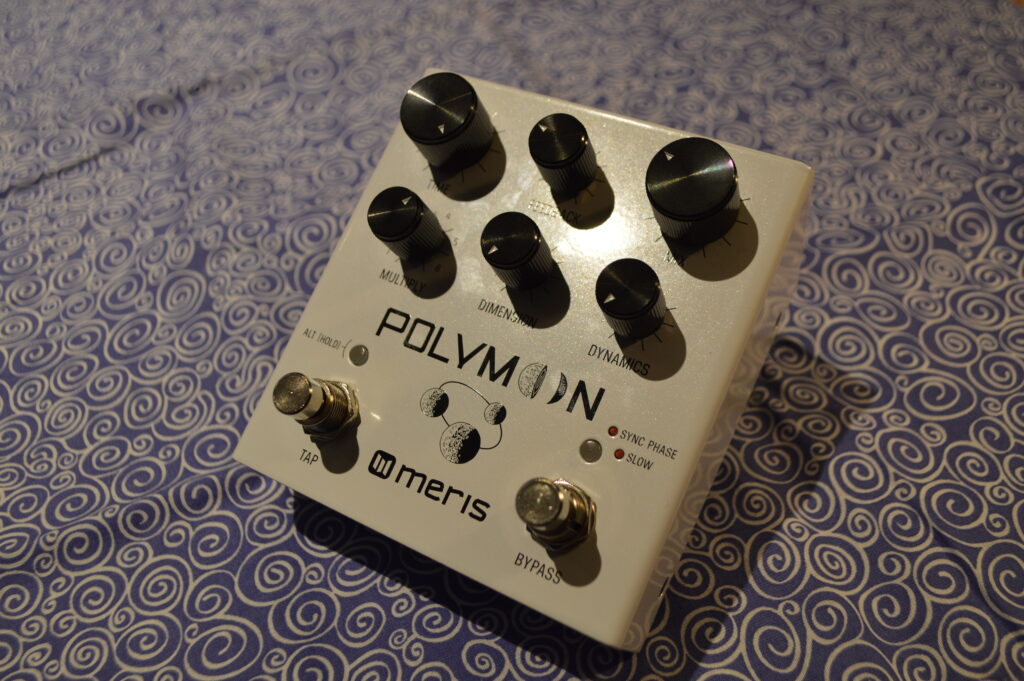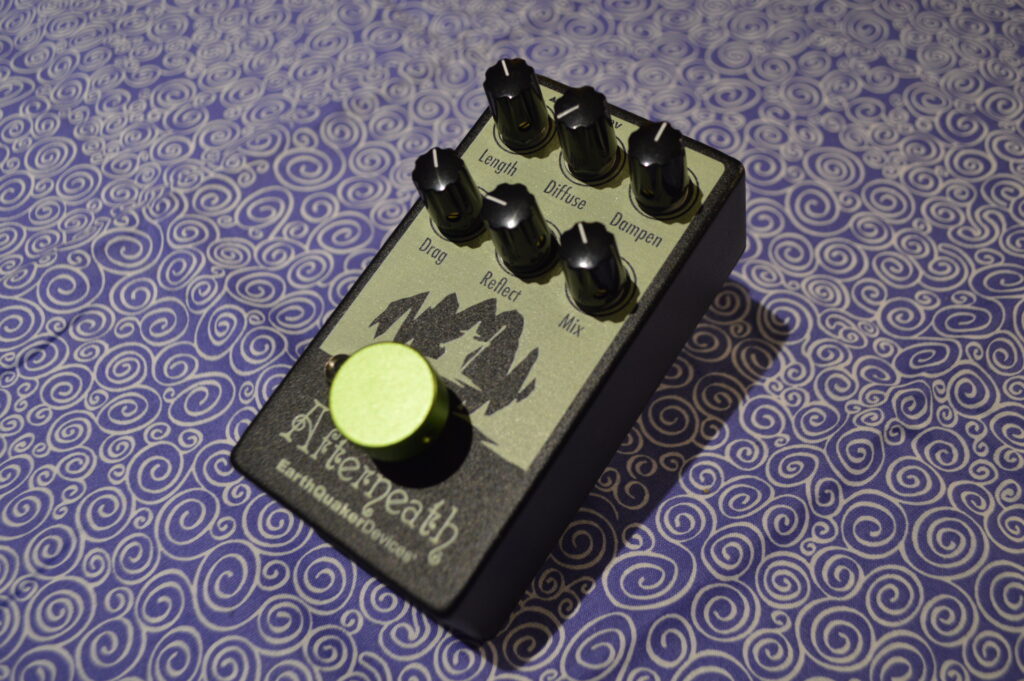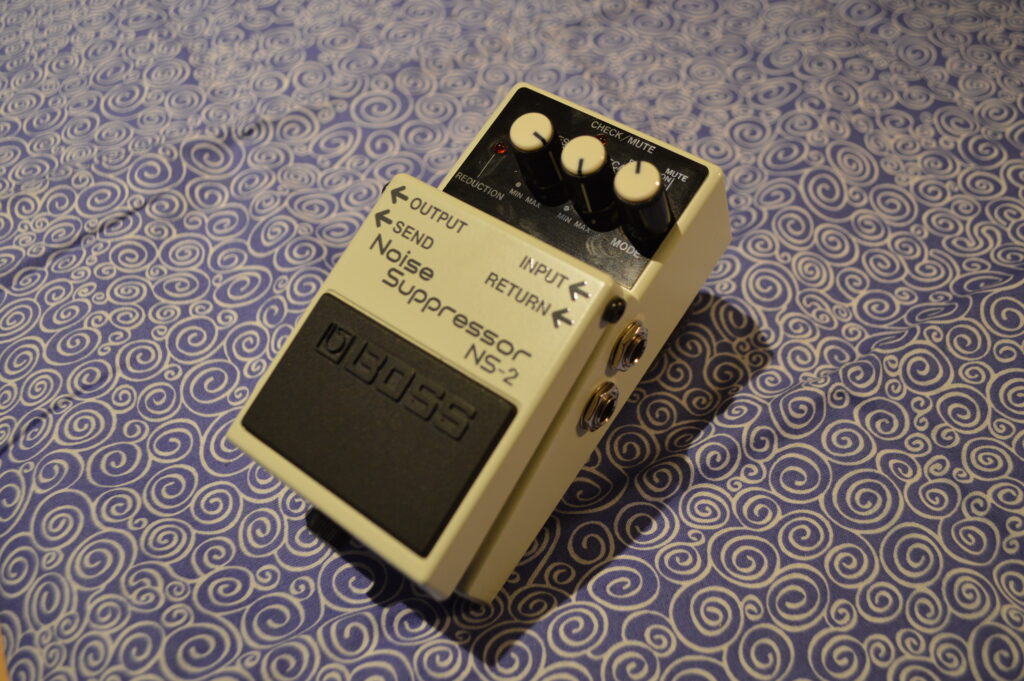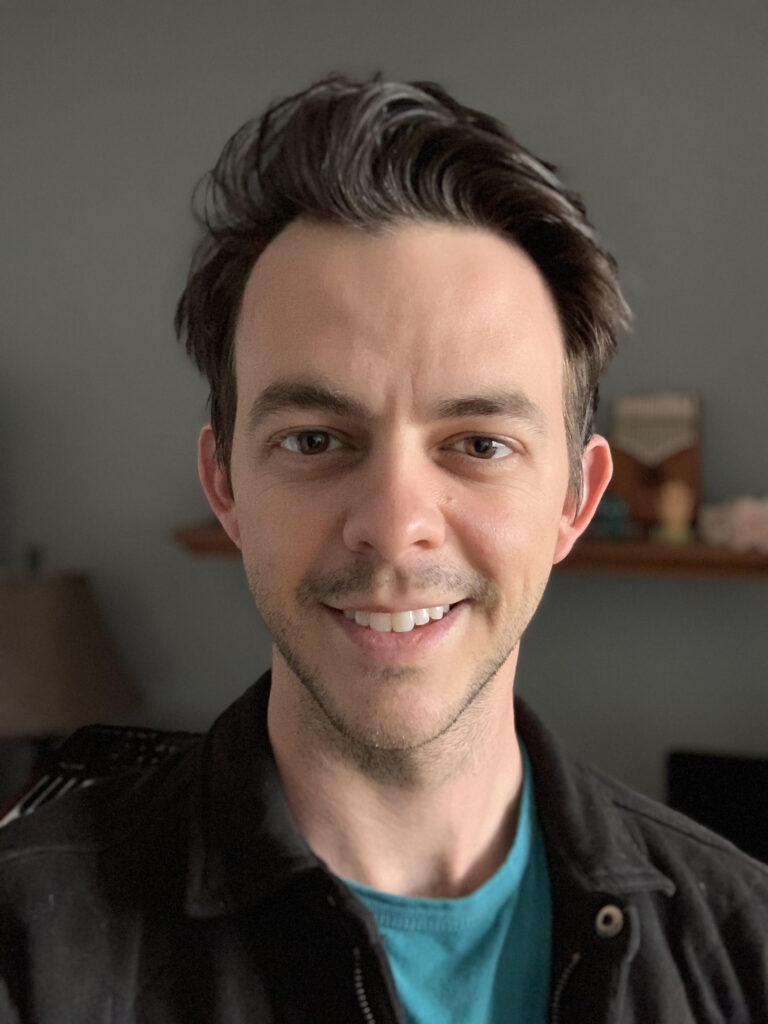1. Favourite knob/fader/switch on a piece of gear and why?
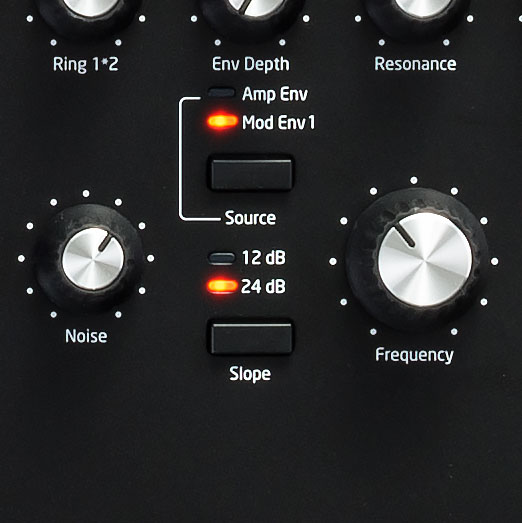
One of my favorite knobs is without a doubt the Summit cutoff combined with the noise knob that always adds a lot of depth to the sound.
Other knobs that I find very interesting are the branches and mutation on the Qu-Bit Bloom, which makes any patch generative and potentially infinite. Sometimes when I’m in the studio (which is also my home) and I’m doing something other than producing music I create a random patch and totally open both knobs, it’s fun.

2. Do you have an ‘almost’ perfect bit of kit? What would you change?
I’m not a pianist even though I studied it a bit during my studies in classical music at the Conservatory. I think that among all the instruments I own, my grandfather’s piano is my perfect one. Both for an affective value and for the harmonic completeness, it has always been the instrument that allows me to create more, I just sit there and throw down some ideas and then go down to the studio and develop them on my modular system.

3. What setup do you bring on holiday/tour/commute etc.?
Modular (although it’s starting to become huge, in fact I think I will shrink it with a Palette case from Intellijel) headphones and zoom recorder for holidays. But when I have to play live I don’t care too much about comfort and I carry everything and more, including the Summit (my back doesn’t thank me).
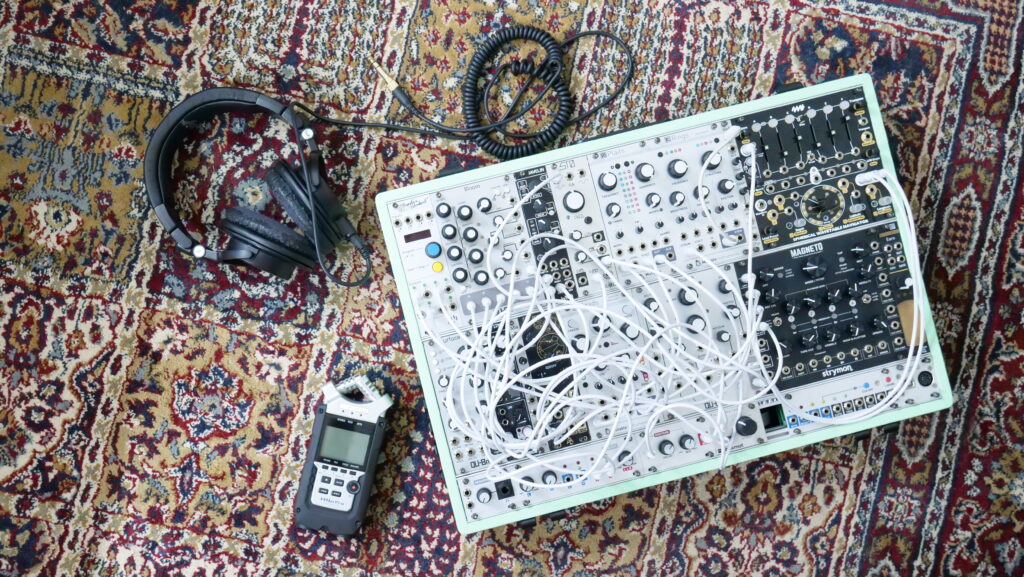
4. What software do you wish was hardware and vice versa?
All Felt instruments plugins on eurorack format would be great, as well as a hardwere version of Ableton, would probably make live performances much more interesting
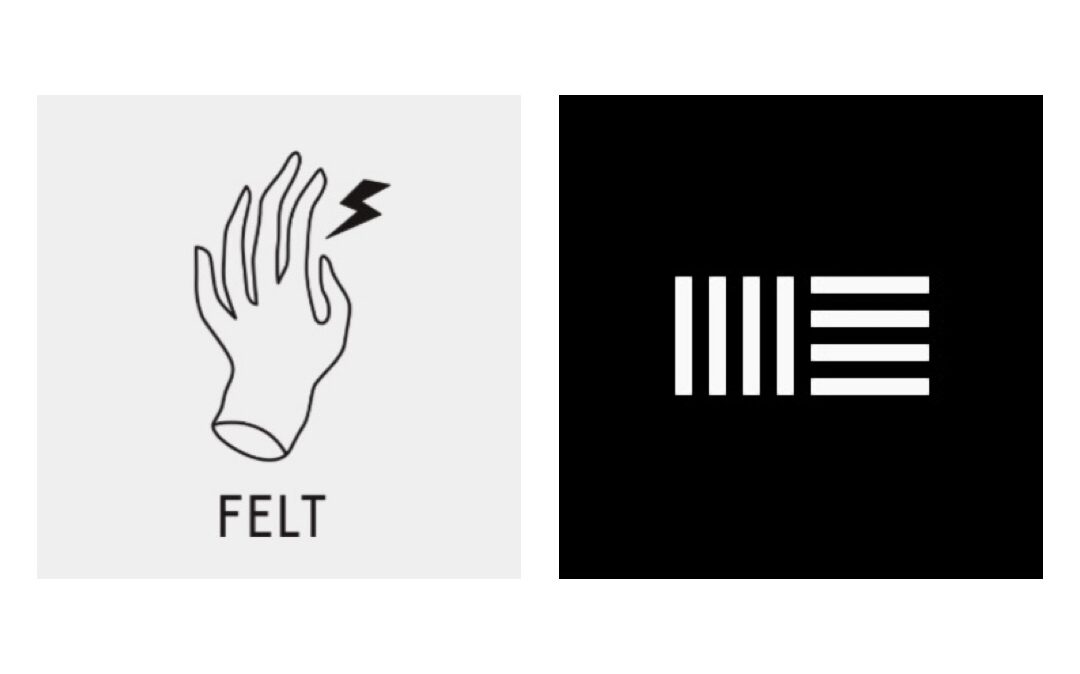
5. Is there anything you regret selling… or regret buying?
I’m not a person who sells a lot, but I recently sold my digitakt two days before its new update – that’s all I’ll say.
Joking aside I must say that in the eurorack world there is a lot of buying and selling and you can never lose anything or have too many regrets for having sold something.

6. What gear has inspired you to produce the most music?
As I said before certainly the piano is always my starting point for composition, but in the end my main tool today is the modular system, which constantly offers a continuous sound research avenues and new ways to create sounds from scratch, even using a few modules and always trying to study them in depth. The great thing is that it can be an instrument in continuous evolution and change and the perfect medium to express ourselves even with our personal changes.
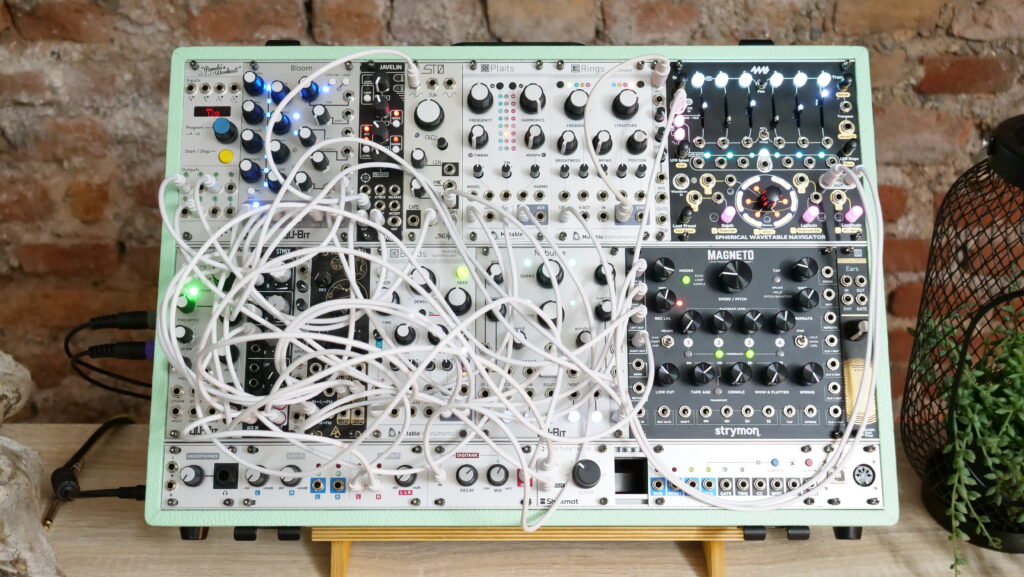
7. If you had to start over, what would you get first?
I think I would do the exact same path again that led me to be who I am today. I don’t know if everyone knows this, but I start my music journey as a classical trumpet player.
Classical music and its study has definitely helped me both in technical knowledge but especially in maximum attention to listening. A sensitivity to sounds and sonorities, I would say. So if I had to start again, I would start with the trumpet again.
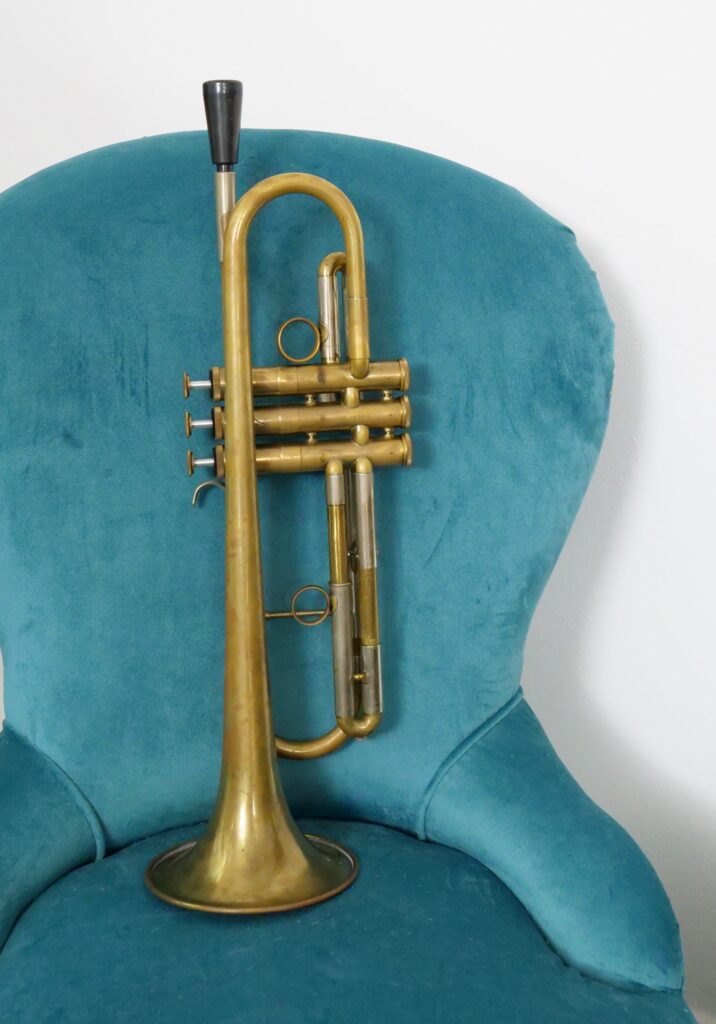
8. What’s the most annoying piece of gear you have, that you just can’t live without?
Endless cables
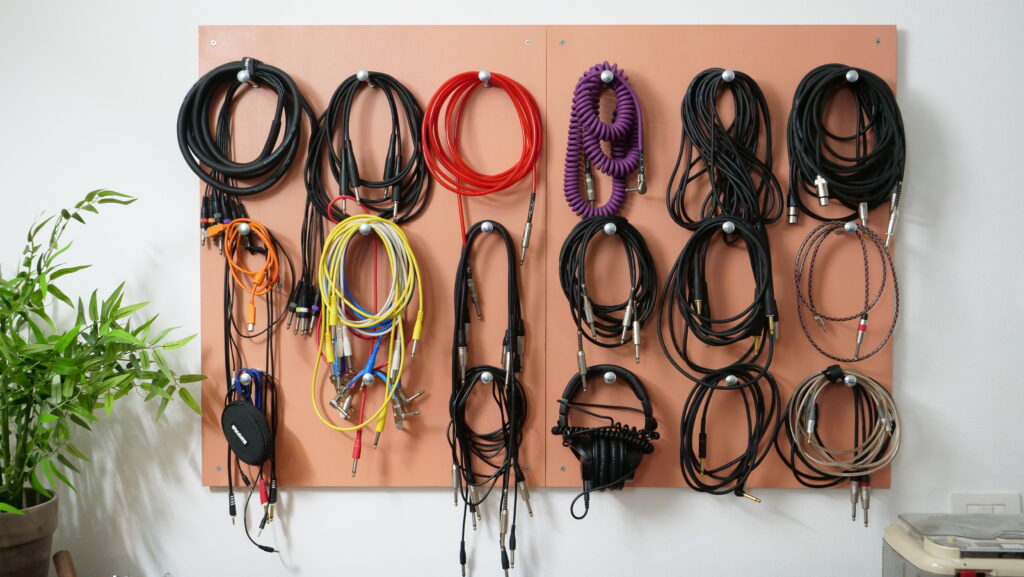
9. Most surprising tip/trick/technique that you’ve discovered about a bit of kit?
One of the tricks I use the most is after watching a video of Ricky Tinez based on understanding how to manipulate LFO phase points and make them free and random in independent points of time.
I highly recommend it, especially to create movement and use LFOs in new ways.
Another “trick” that I often use is to stop listening to an album that is almost finished for a while before putting the finishing touches on it.
Artist or Band name?
IDRA
Genre?
Ambient
Selfie?
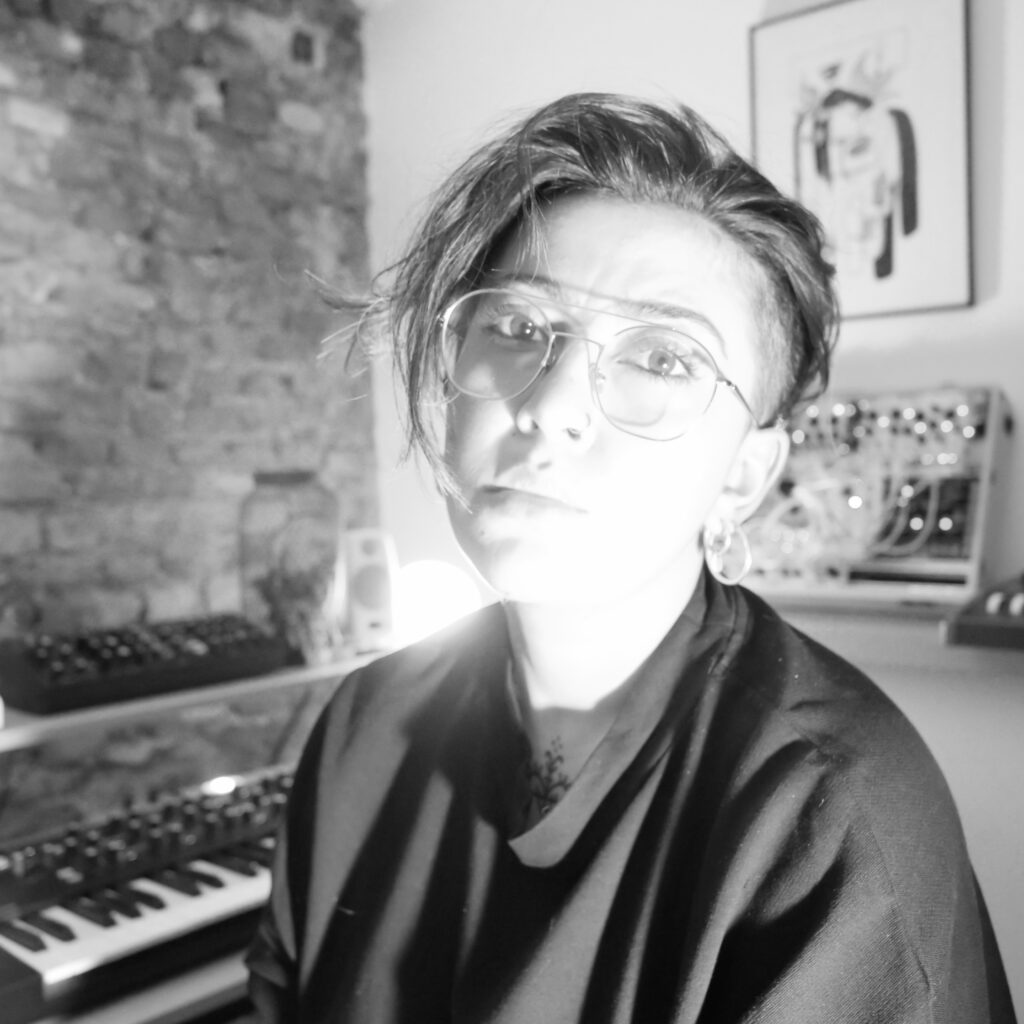
Where are you from?
Milan, Italy
How did you get into music?
I started playing trumpet when I was nine years old, graduating in classical trumpet.
For a few years I got into jazz and world music, but it was electronic music that I fell in love with and where I found my own spot in the world.
What still drives you to make music?
The sense of freedom and the need to communicate something first to myself and then to others, is a refuge and a medicine that keeps me alive and allows me to express myself in the most creative way I can know
How do you most often start a new track?
Whenever I feel the need to enclose and let out my feelings and sensations. I often have very profitable moments of production, but I also often need silence, I do not follow a precise path, every time I turn on the machines in the studio and I feel that something beautiful comes out, it can become a track or simply my soundtrack of the
day.
How do you know when a track is finished?
When it makes me smile and gives me a clear picture in my mind, I would say the moment I think of a title the track is over.
Show us your current studio
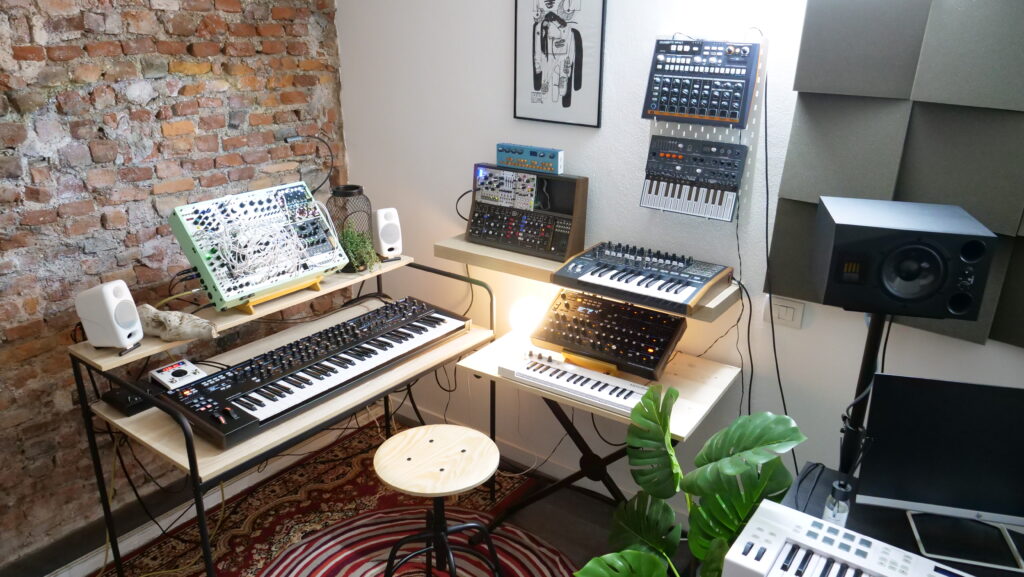
Best creative advice that you’ve ever heard?
Don’t be afraid to listen to advice and always be open to change. But the best will always be: keep things simple.
Promote your latest thing… Go ahead, throw us a link
seilrecords.bandcamp.com/album/lone-voyagers-lovers-and-lands
(I always take the opportunity to thank Boris aka. Jogginghouse – for this release)
